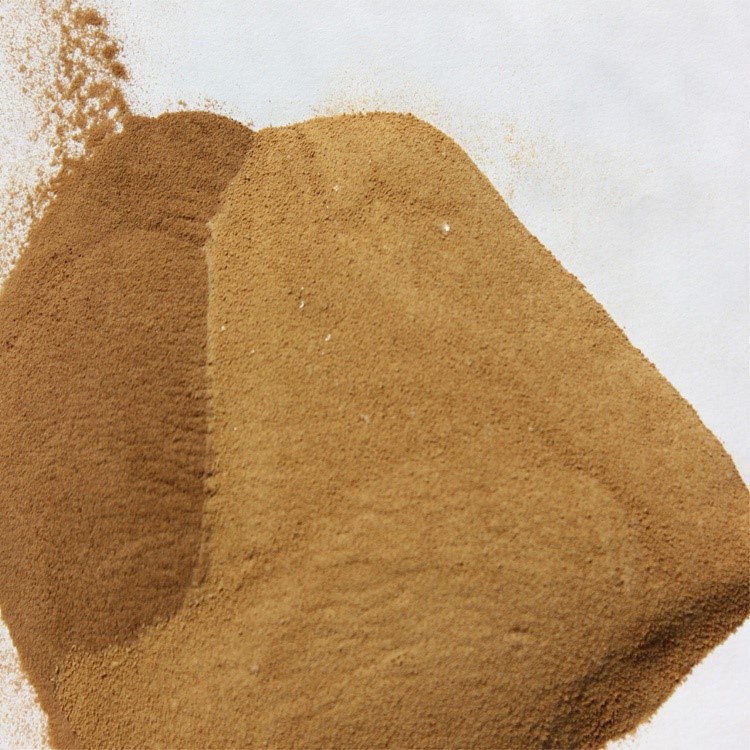Post Date: 13,Jun,2022
Admixtures refer to a class of materials that can effectively improve one or more properties of concrete. Its content generally only accounts for less than 5% of the cement content, but it can significantly improve the workability, strength, durability of concrete or adjust the setting time and save cement.
1. Classification of admixtures:
Concrete admixtures are generally classified according to their main functions:
a. Admixtures to improve the rheological properties of concrete. There are mainly water reducing agent, air entraining agent, pumping agent and so on.
b. Admixtures for adjusting the setting and hardening properties of concrete. There are mainly retarders, accelerators, early strength agents, etc.
c. Admixtures for adjusting the air content of concrete. There are mainly air-entraining agents, air-entraining agents, foaming agents, etc.
d. Admixtures to improve concrete durability. There are mainly air-entraining agents, waterproofing agents, rust inhibitors and so on.
e. Admixtures that provide special properties of concrete. There are mainly antifreeze, expansion agent, colorant, air-entraining agent and pumping agent.

2. Commonly used superplasticizers
Water reducing agent refers to the admixture that can reduce the mixing water consumption under the same condition of concrete slump; or can increase the concrete slump when the concrete mix ratio and water consumption remain unchanged. According to the size of water reducing rate or the increase of slump, it is divided into two categories: ordinary water reducing agent and high-efficiency water reducing agent.
In addition, there are composite water-reducing agents, such as air-entraining water-reducing agents, which have both water-reducing and air-entraining effects; early-strength water-reducing agents have both water-reducing and early-strength-improving effects; Water reducing agent, also has the function of delaying the setting time and so on.
The main function of water reducer:
a. Significantly improve fluidity with the same mix ratio.
b. When the fluidity and cement dosage are unchanged, reduce the water consumption, reduce the water-cement ratio, and increase the strength.
c. When the fluidity and strength remain unchanged, the cement consumption is saved and the cost is reduced.
d. Improve the workability of concrete
e. Improve the durability of concrete
f. Configure high-strength and high-performance concrete.
Polysulfonate series: including naphthalene sulfonate formaldehyde condensate (NSF), melamine sulfonate formaldehyde polycondensate (MSF), p-aminobenzene sulfonate formaldehyde polycondensate, modified lignin sulfonate, polystyrene Sulfonates and sulfonated ketone aldehyde resins, etc. For example, our commonly used FDN belongs to naphthalene sulfonate formaldehyde condensate.
Polycarboxylate series: effectively control the initial hydration process and reduce the slump loss of concrete.

The difference between high-efficiency water-reducing agent and ordinary water-reducing agent is mainly reflected in that high-efficiency water-reducing agent can continuously increase the fluidity in a large range, or continuously reduce the water demand. The effective range of ordinary water reducers is relatively small.
The effect of the superplasticizer at a small dosage cannot be used as the basis for judging the performance of the superplasticizer. This should be taken into account when choosing a water reducer. The optimum dosage of the superplasticizer should be determined through experiments, and it should not be used only according to the dosage of the superplasticizer manufacturer.
Post time: Jun-13-2022






